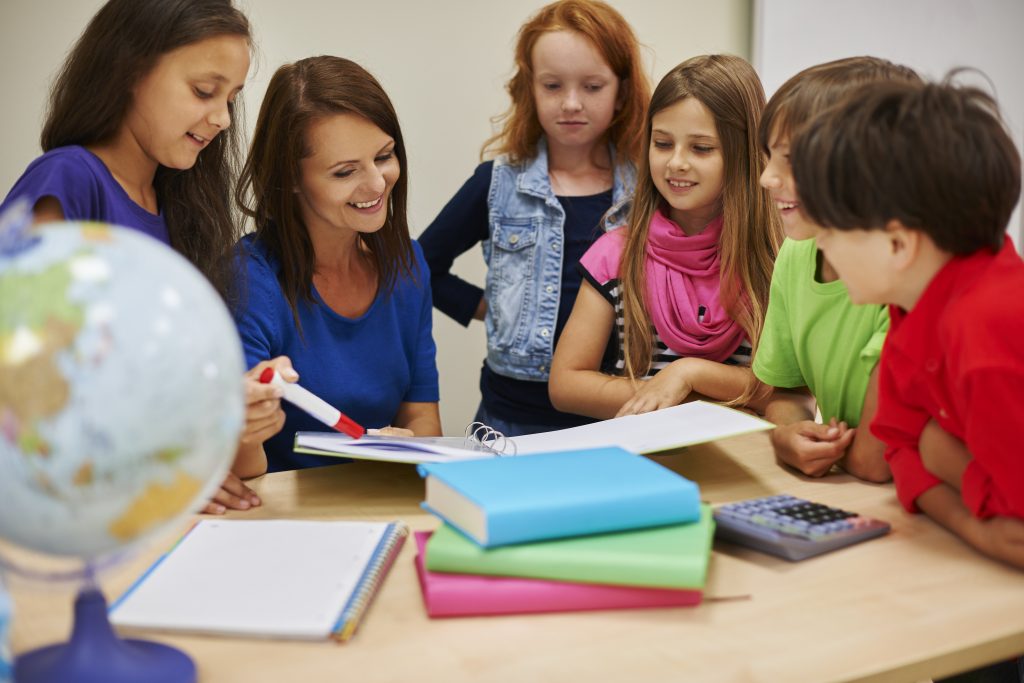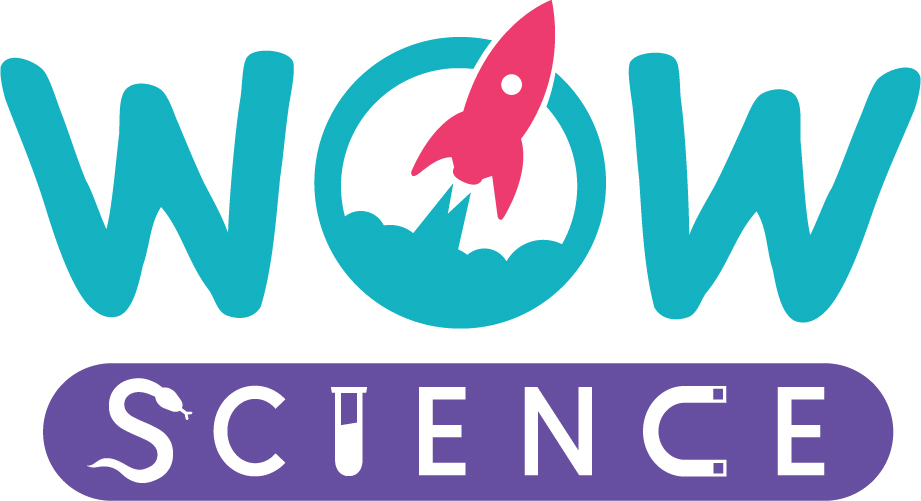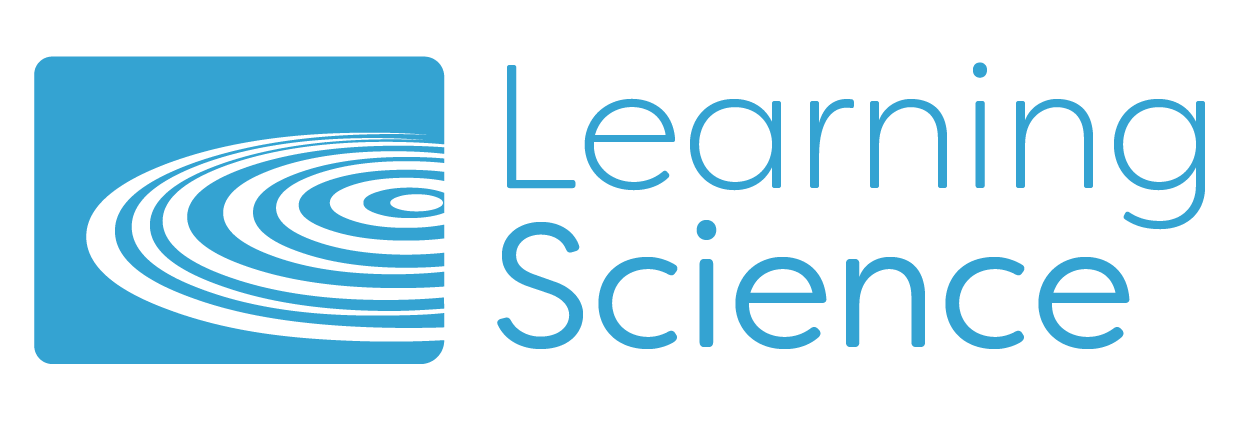All this talk!

How often do we ask the children to stop talking? I know I ask it a lot. But in my defence, I ask them to talk a lot too because talking is vital for thinking.
What do you think will happen?
What if we gave up the mantle of being the know-it-all in the room and instead took on the role of a curious onlooker, saying, “Oh that’s interesting. I wonder if…”
If we can truly stand back whilst they work on solving a problem or answering a question, then the children have to decide exactly what their ideas are, which requires them to think.
If that task is carried out by a group, then there will be various viewpoints in the group and they will only reach agreement by discussing their ideas.
If the task is sufficiently wide or the evidence ambiguous then there is room for lots of viewpoints and lots of discussion. The children will have to convince their peers by backing up their ideas with evidence or details to explain what they think.
This is where they start thinking out loud. This is where they try out half formed ideas and look for the evidence or reasoning to back it up. And the children will start listening to their peers and using evidence to agree with or refute those ideas. And now the whole class is thinking – they are engaged in answering the question or solving the problem. Well that’s the theory anyway!
Who is Right?
In my experience, children want to know the ‘right answer’ and they are almost mutinous if you fail to tell them at the end of the discussion. They want to know who is right – who has won! But it is an important principle in science that not all questions have a definitive answer – we can only give a best guess, based on the evidence we have to hand. So, I would encourage you to ask your class some questions that don’t have a definitive answer and then step back and let them work out what they think. Ali Eley has devised some beautifully ambiguous pictures to provoke just this sort of discussion in the PSTT resource ‘I Can Explain’ (available directly through PSTT and on Amazon). The termly PSTT Newsletter ‘Why & How’ also always provides a picture to stimulate talk and this is available to download free of charge via the PSTT website.
I recently carried out some action research, which was quite enlightening. Mostly, I was reminded how much I don’t know about the research into how children learn. Like most teachers, I teach instinctively. I work out what works and I try to do more of that. But, in the process of setting up the action research activity, I found myself asking questions and finding answers in academic papers on the subject.
I wanted to see if I could get my least able children to explain their ideas rather than state their answer simply and without justification, as was their habit. I wanted to use pictures as the stimulus as it was something all groups could access at once. And in starting to plan the process, I realised I needed to help the children know how to frame their explanations and how to agree or disagree with someone’s ideas in a clear and considerate fashion- I needed to teach the children how to talk and discuss. So, we practised the words we wanted to use and had them up on the board to remind us to use them. Those phrases really seemed to help.
So, if you want to encourage some really good thinking in your class, try getting children to think together by talking in a group. Choose tasks with plenty of ambiguity or lots of possibilities and help the children to work as a group by training them to use particular phrases in their discussion. Most importantly, try not to be the know-it-all expert in the room. Join in with the wondering. Join in with the questioning. Try not to let on what you think or what you know to be the right answer. Once the answer is in the room, the thinking stops!
Back to blog



 QUICK
QUICK
 MEDIUM
MEDIUM LONG
LONG



